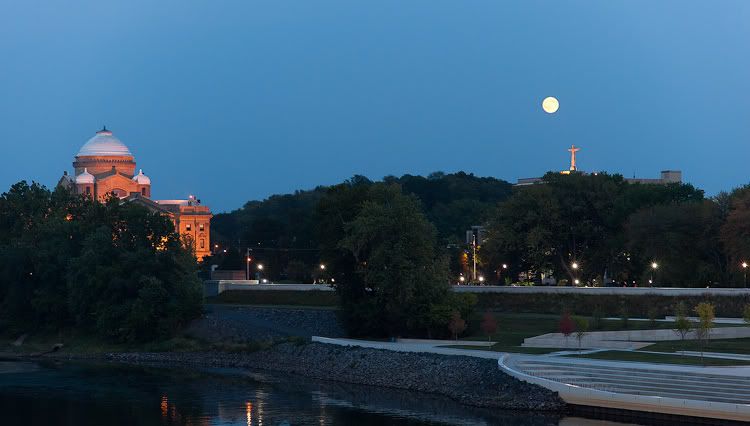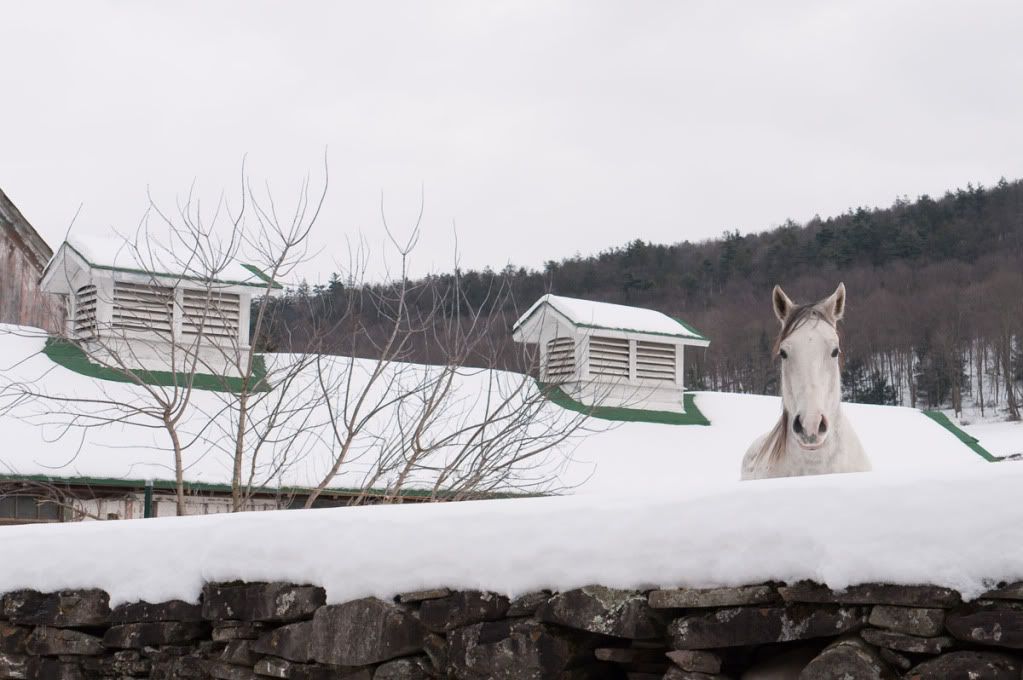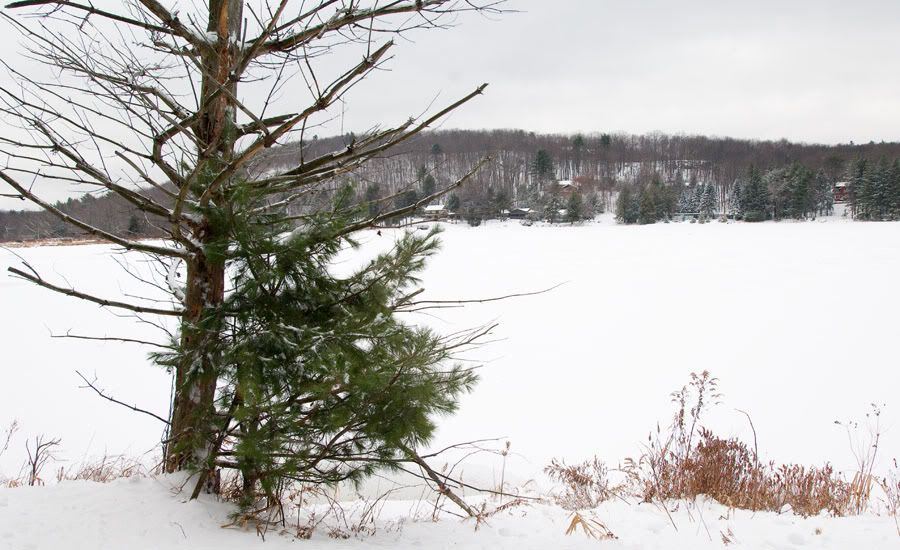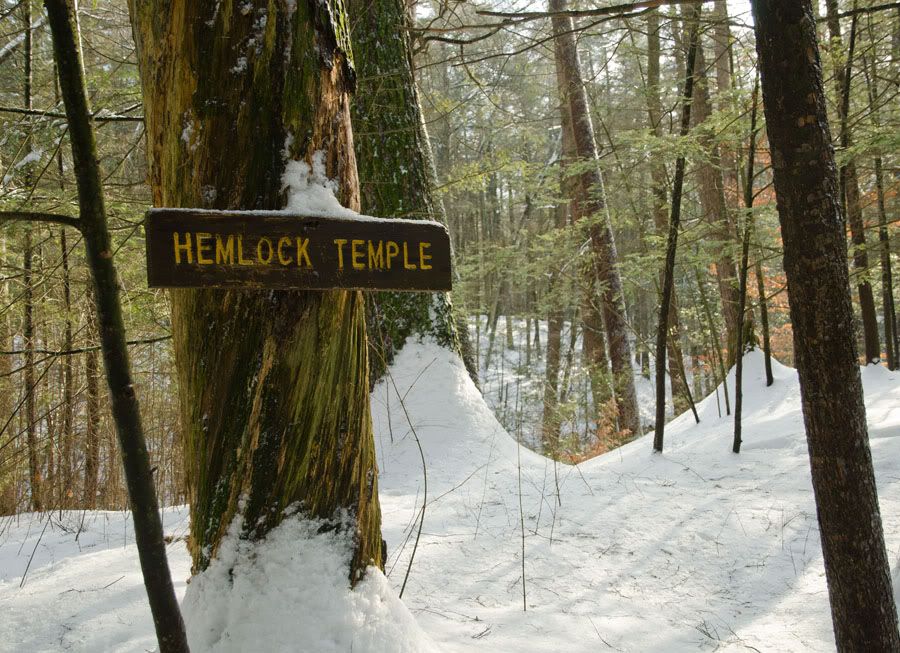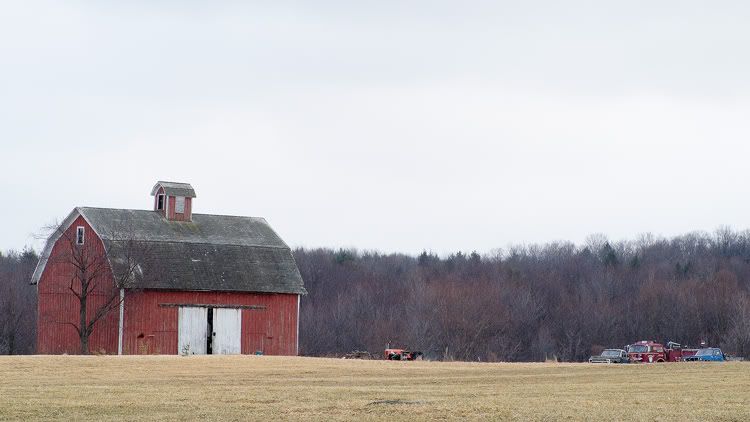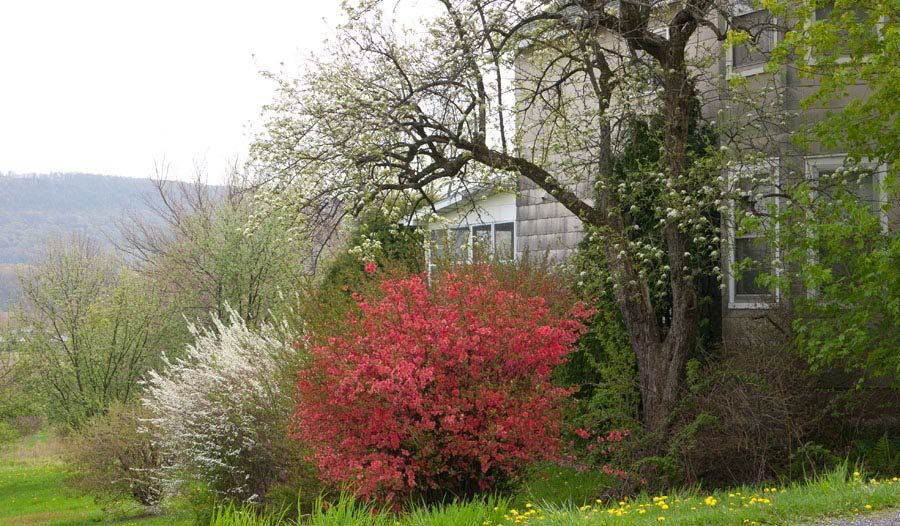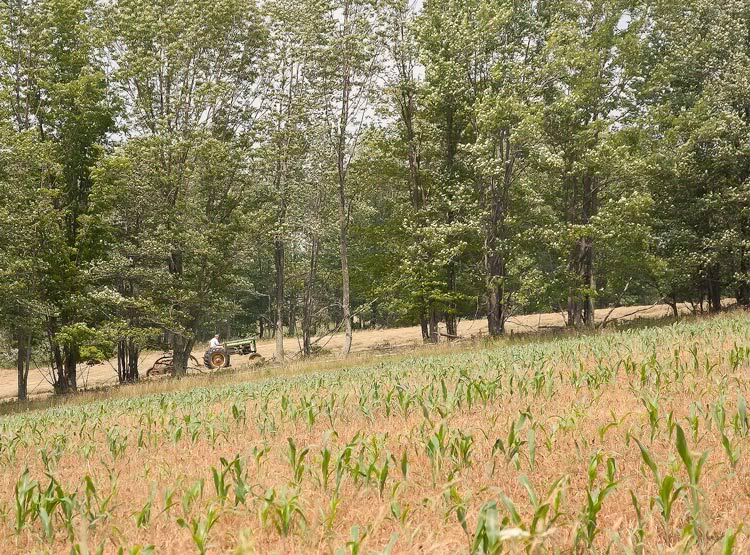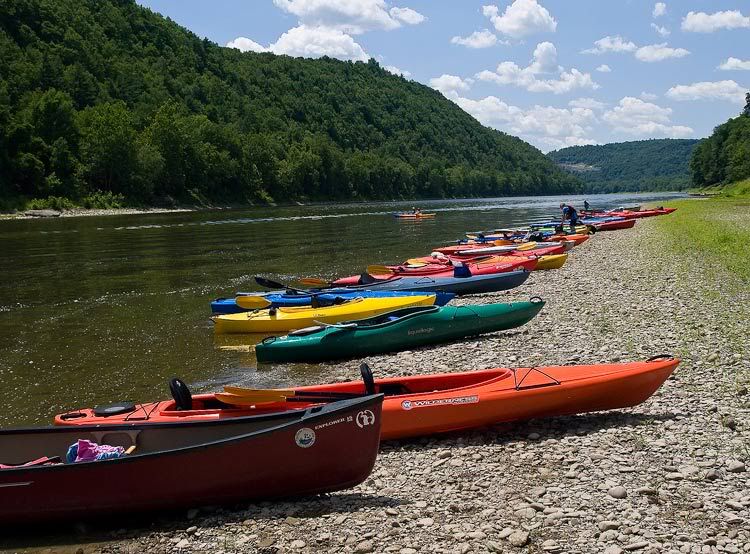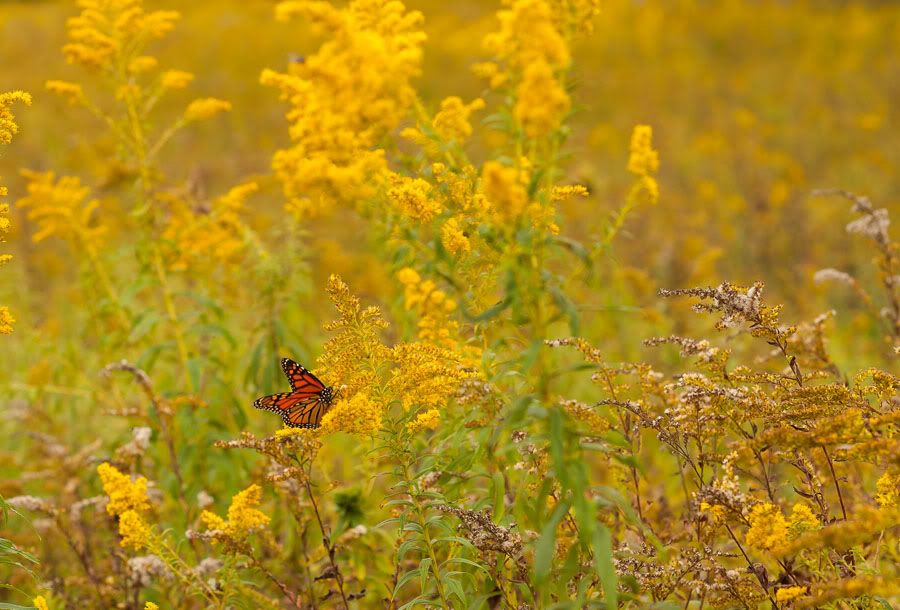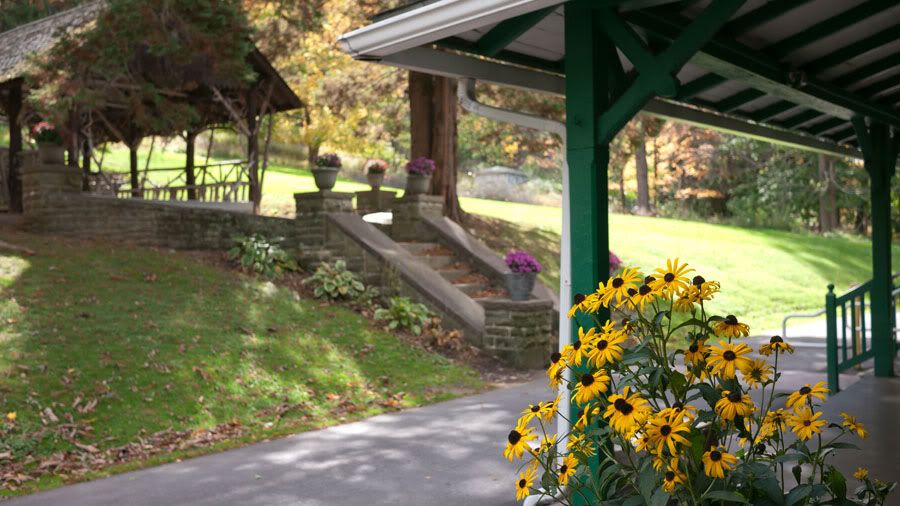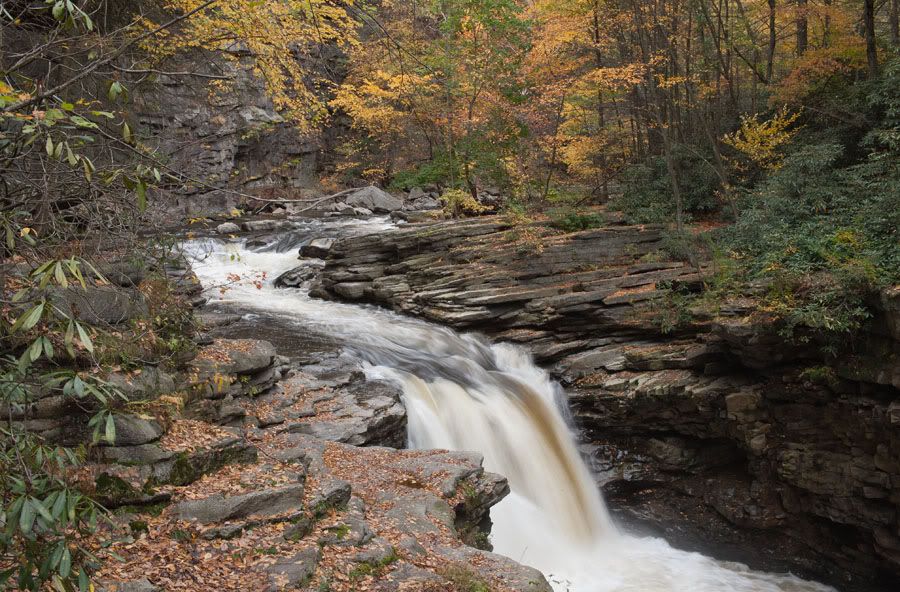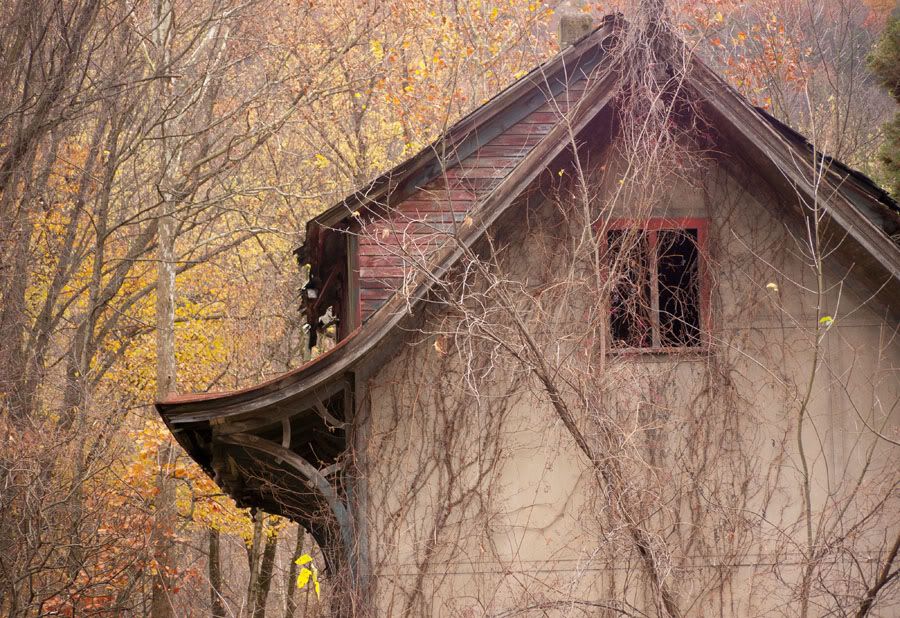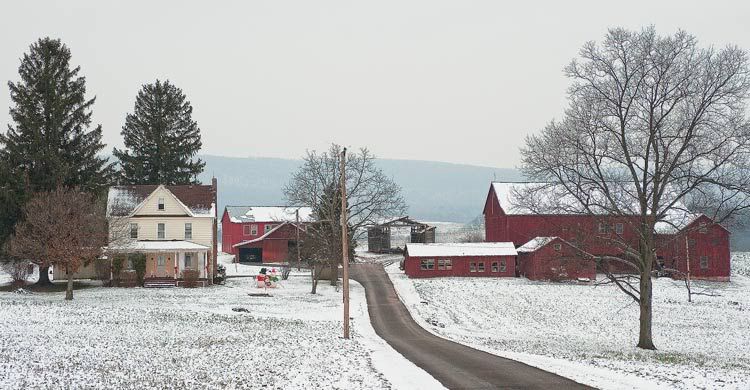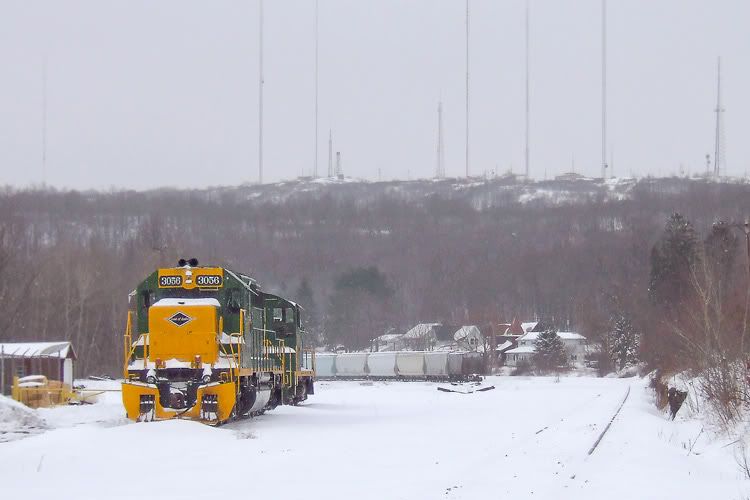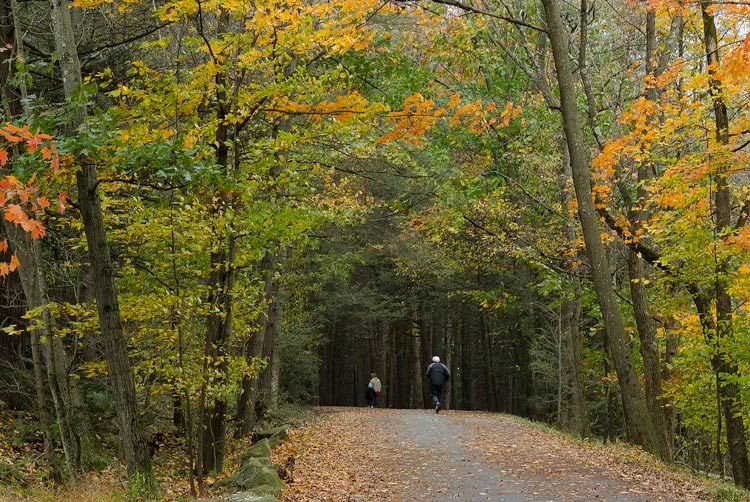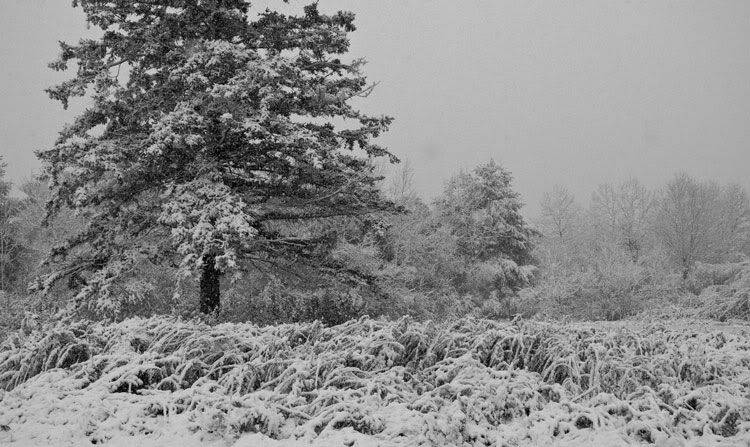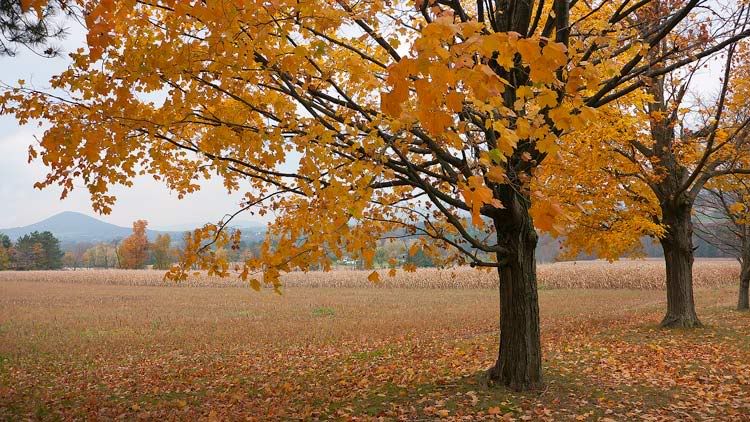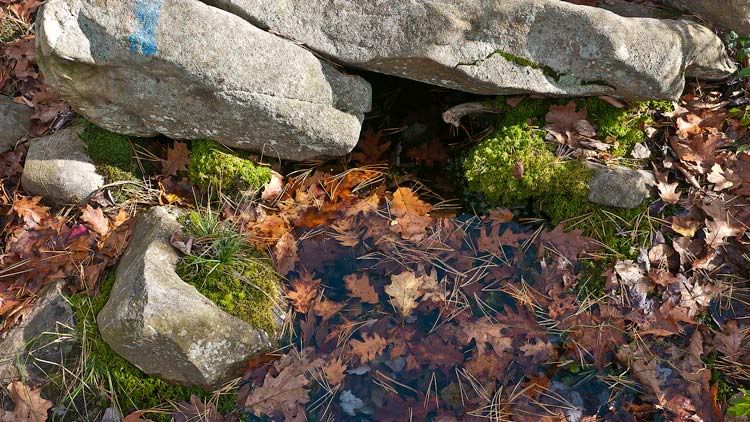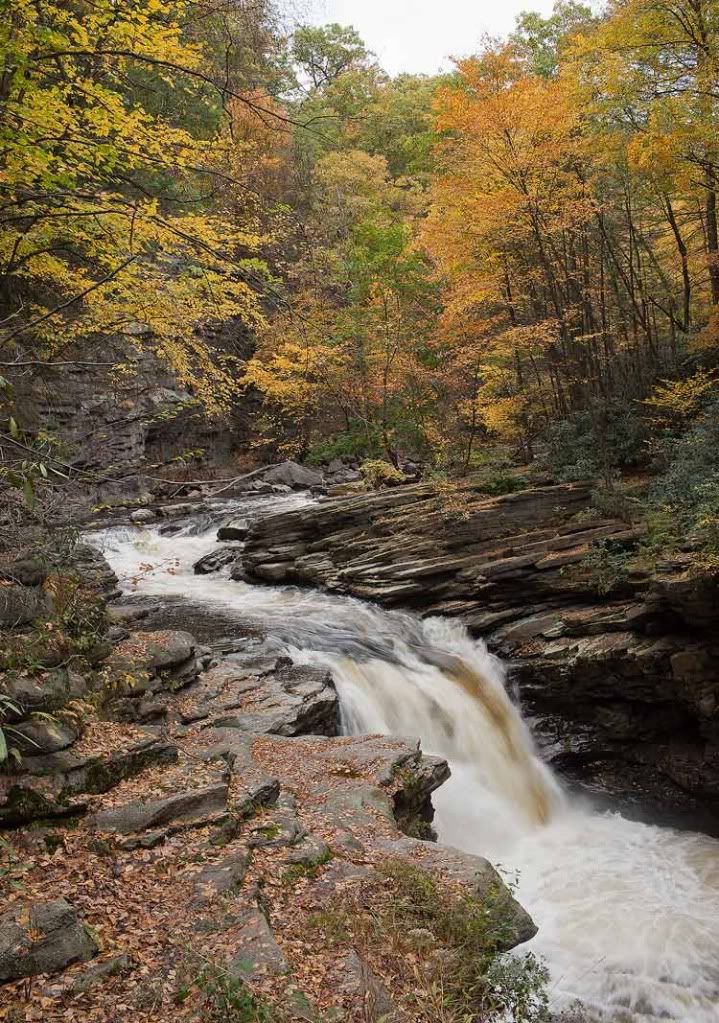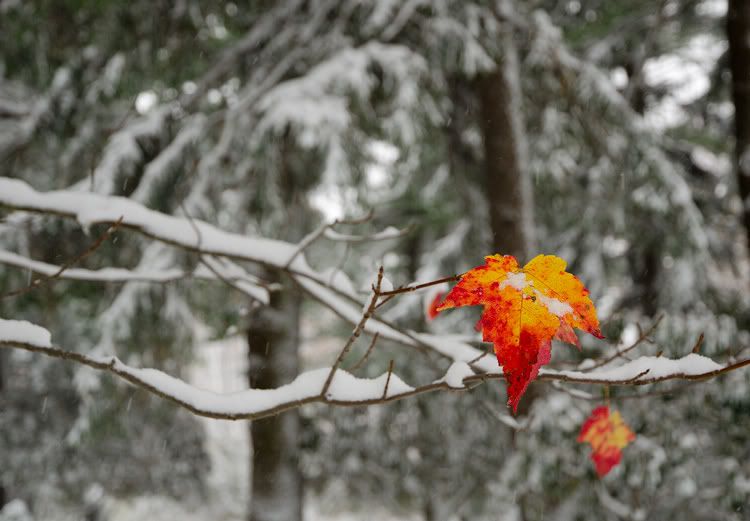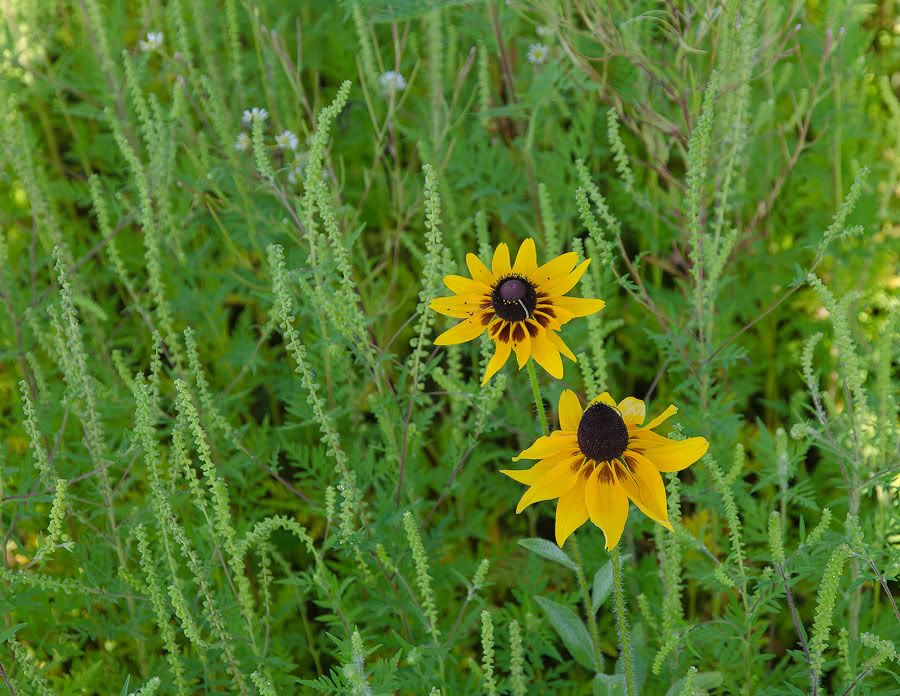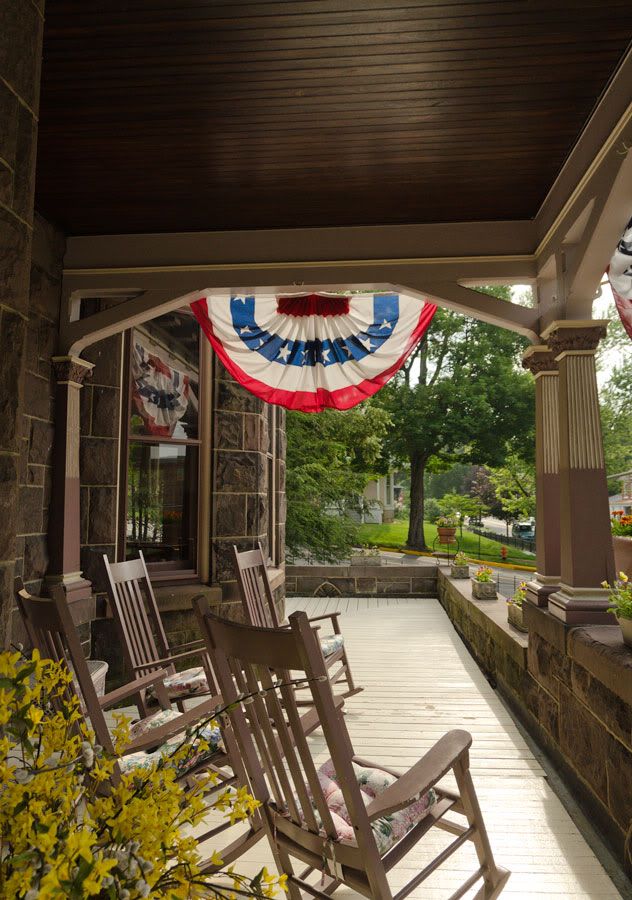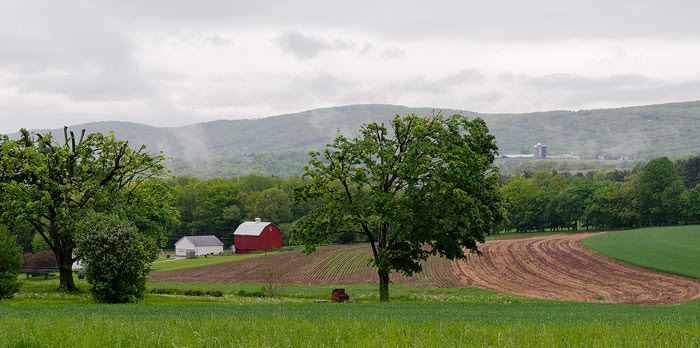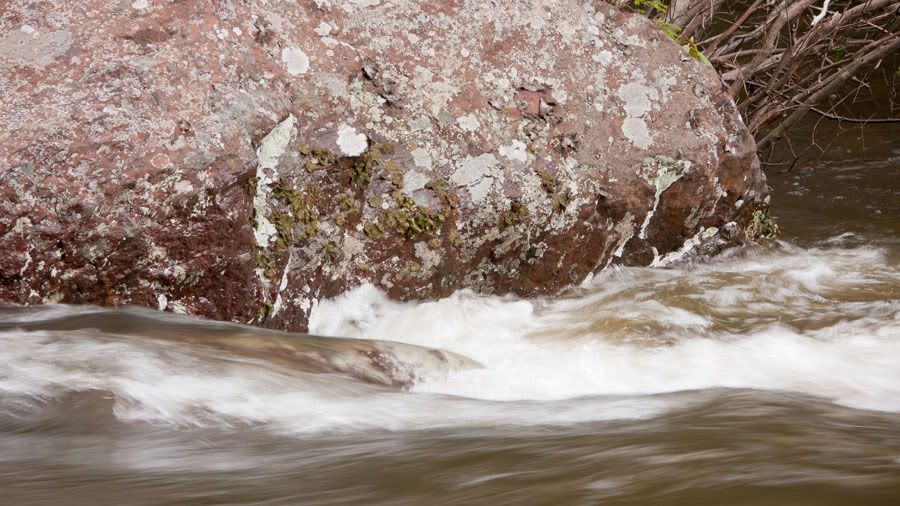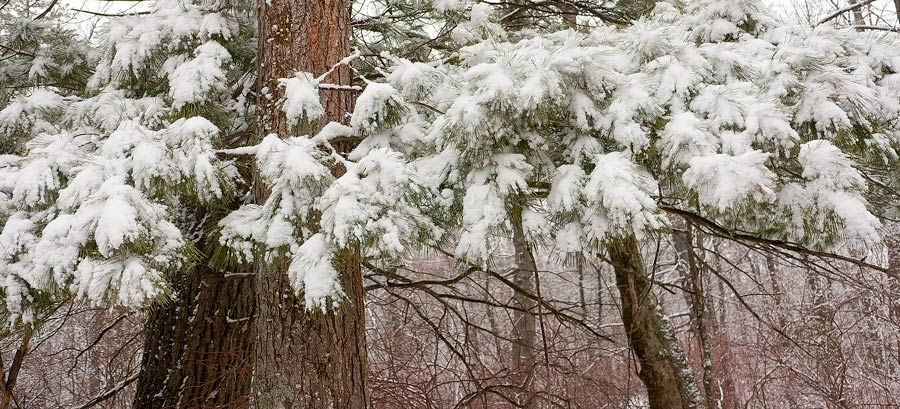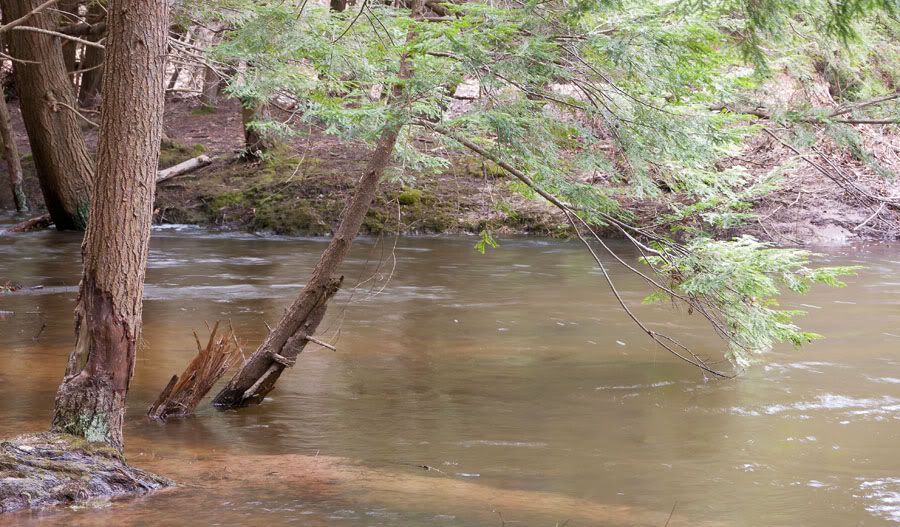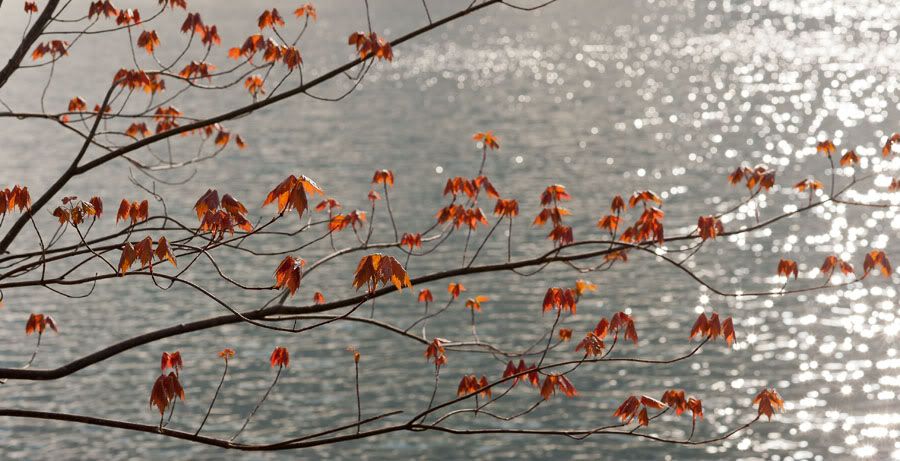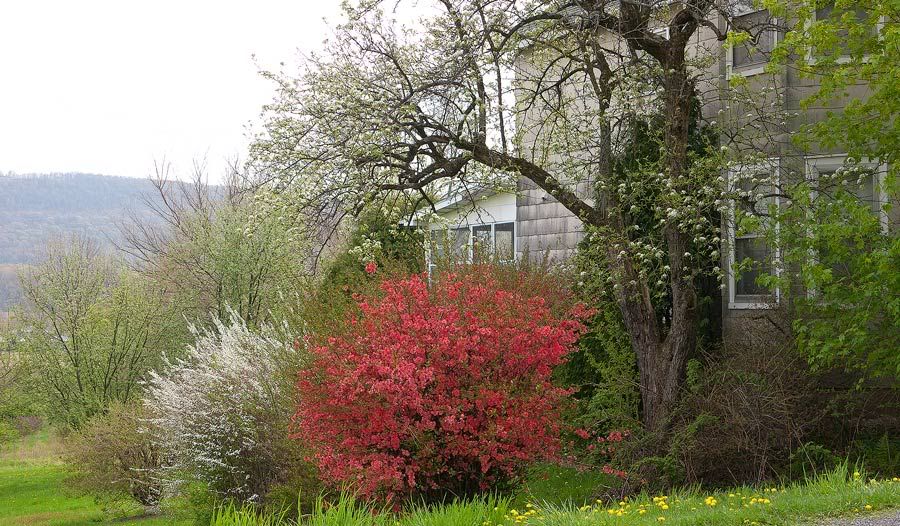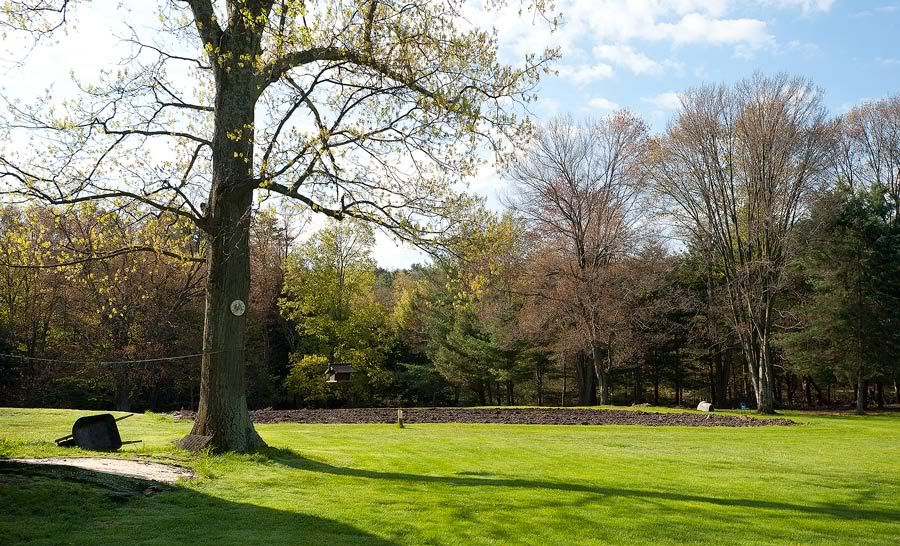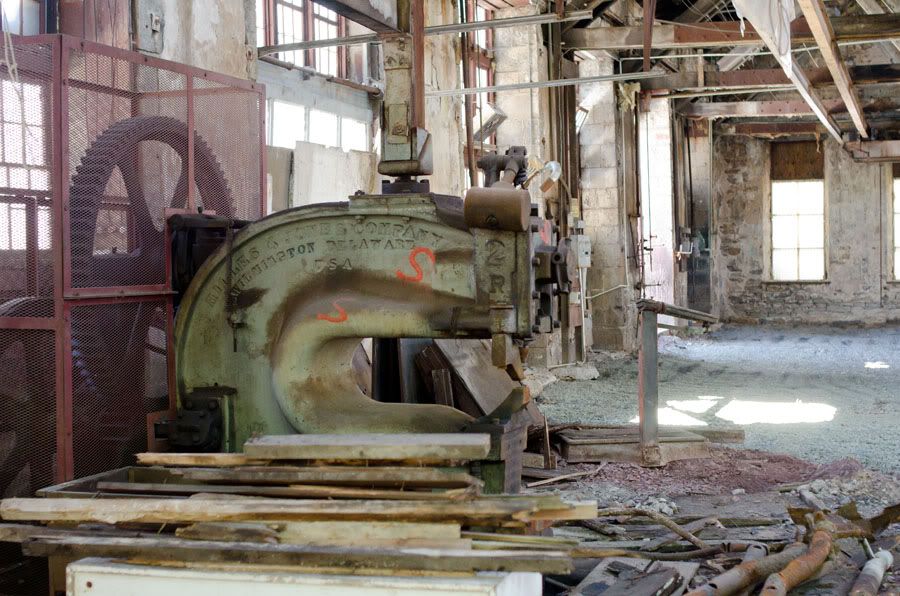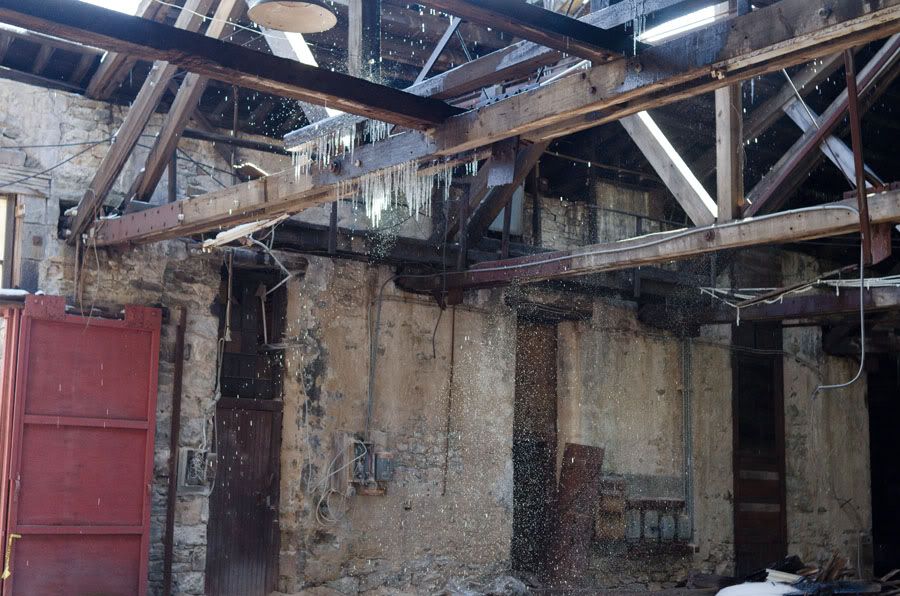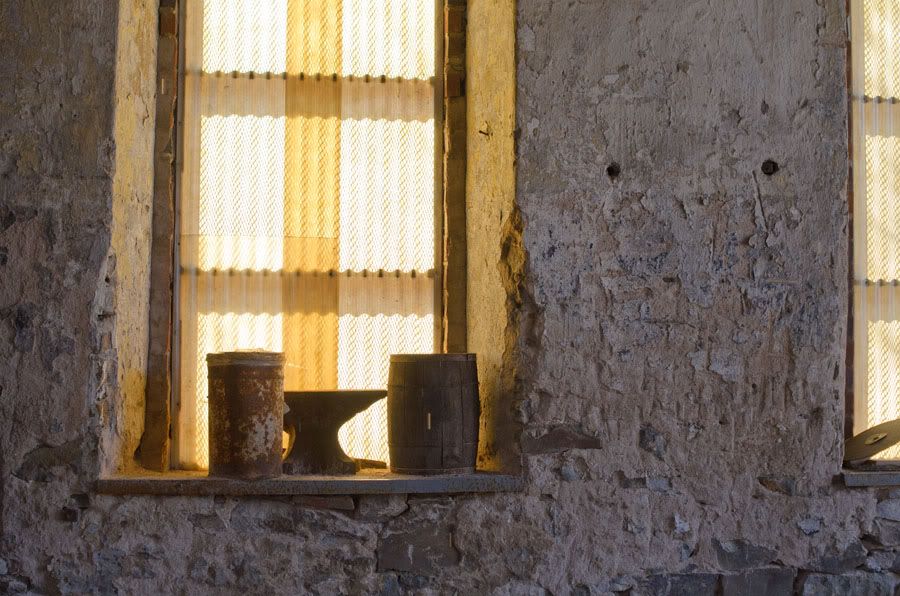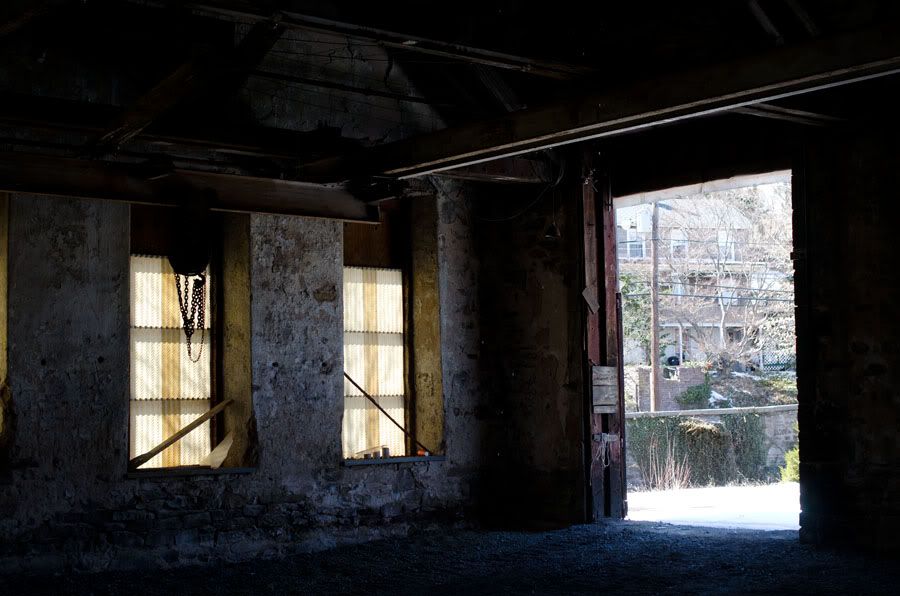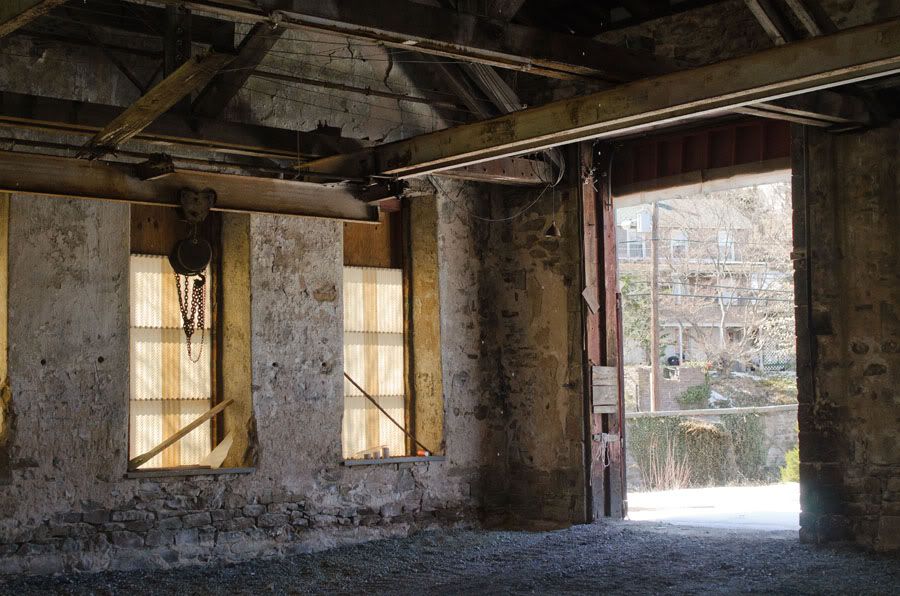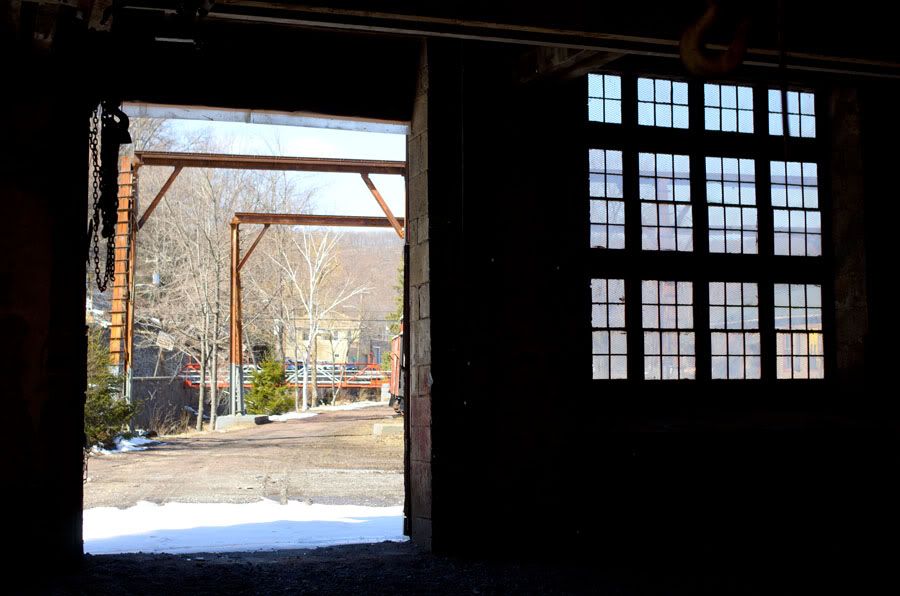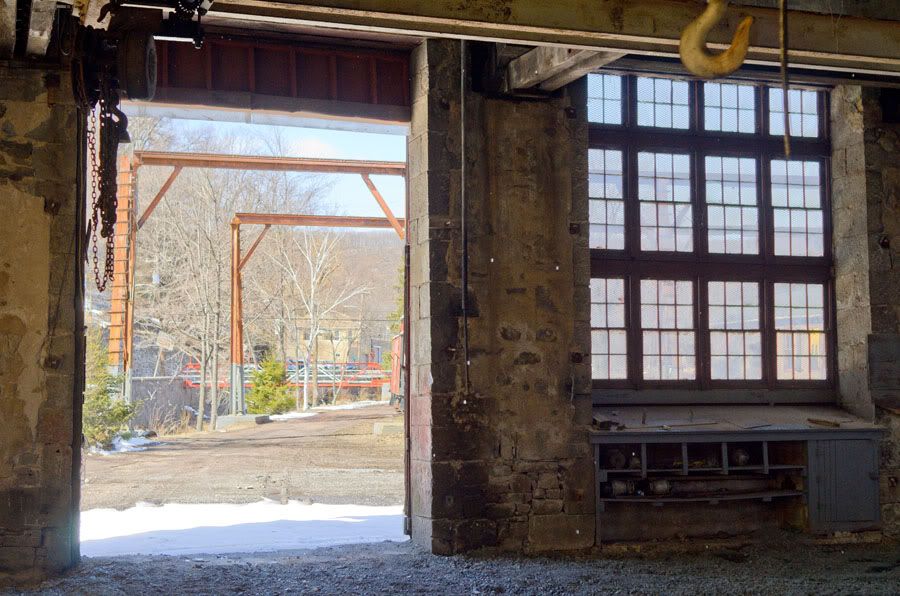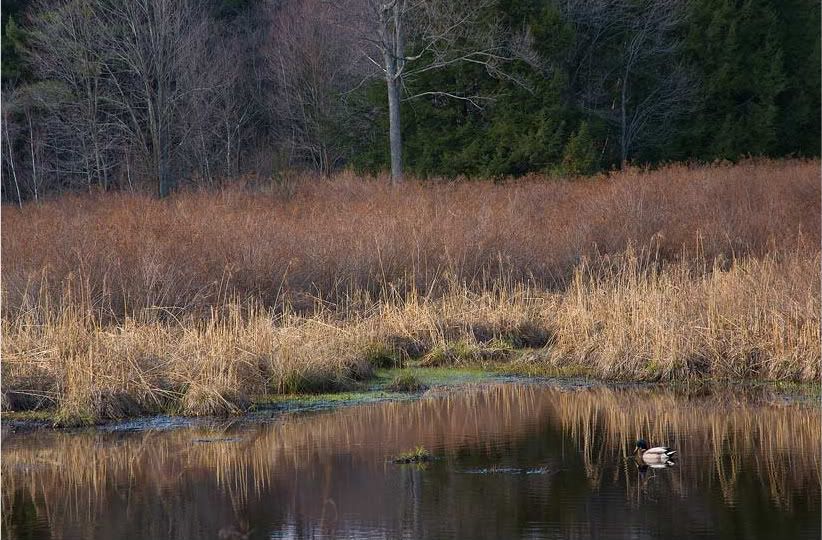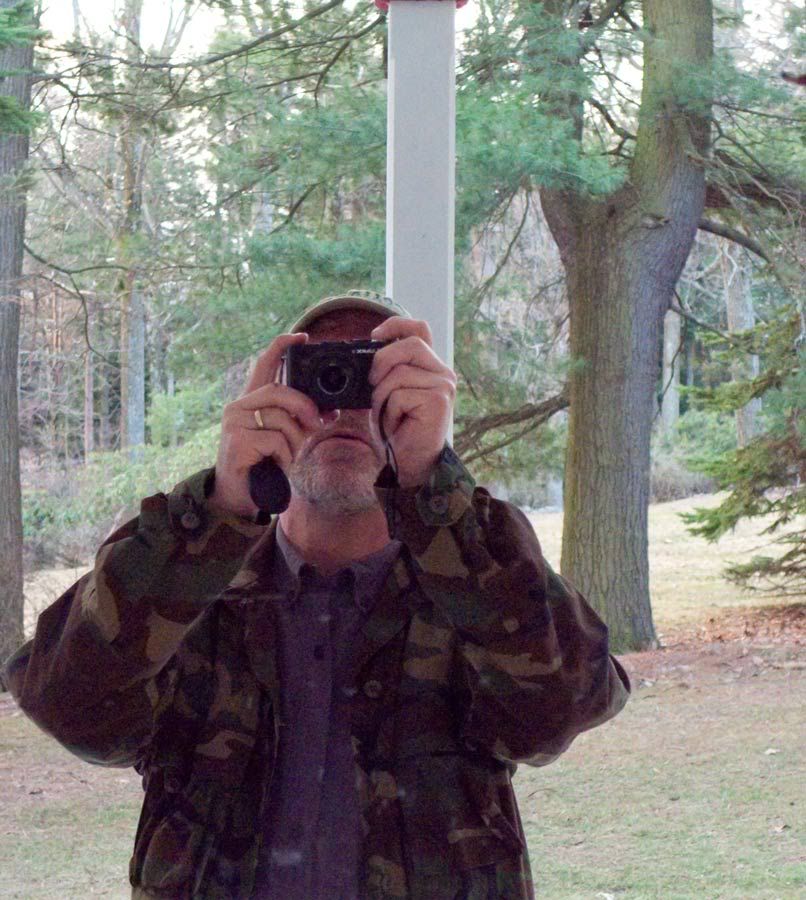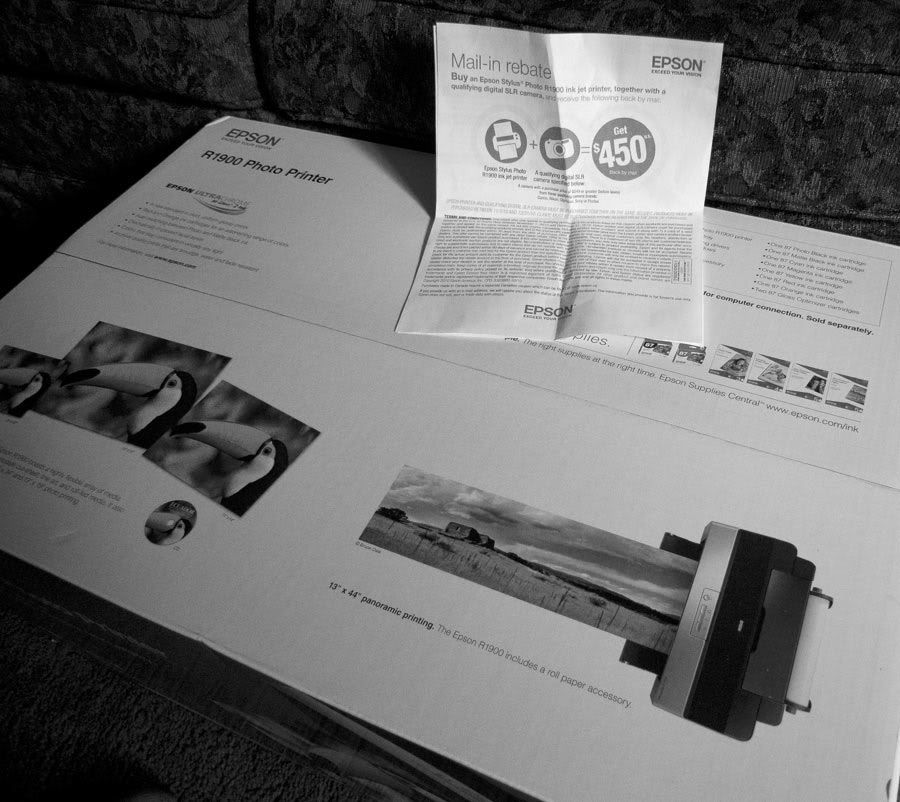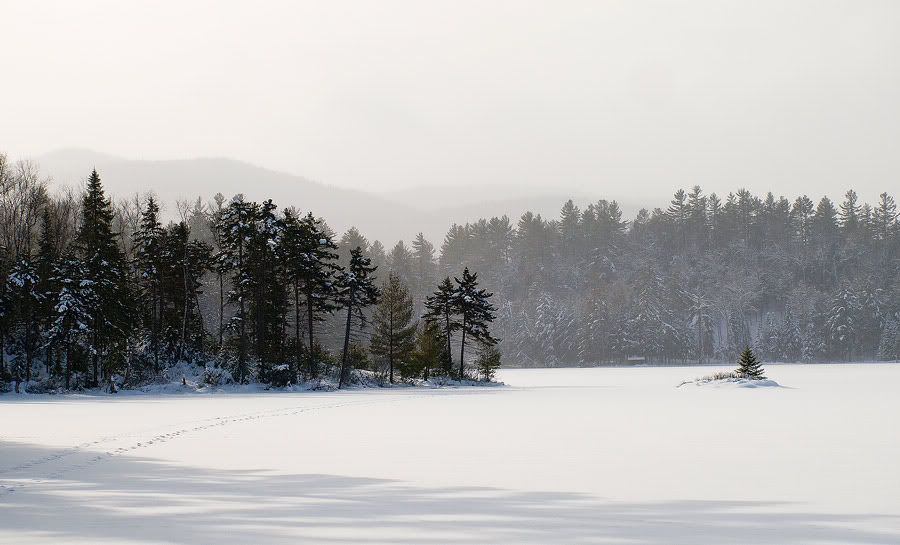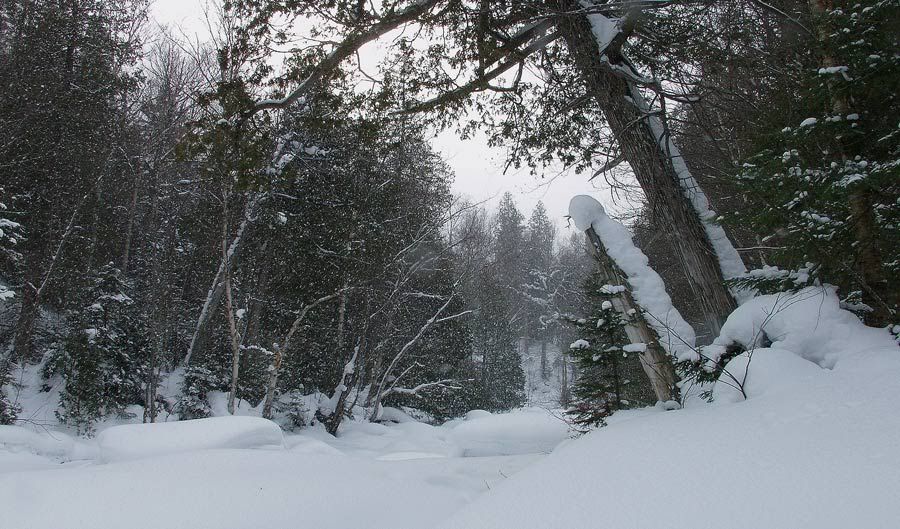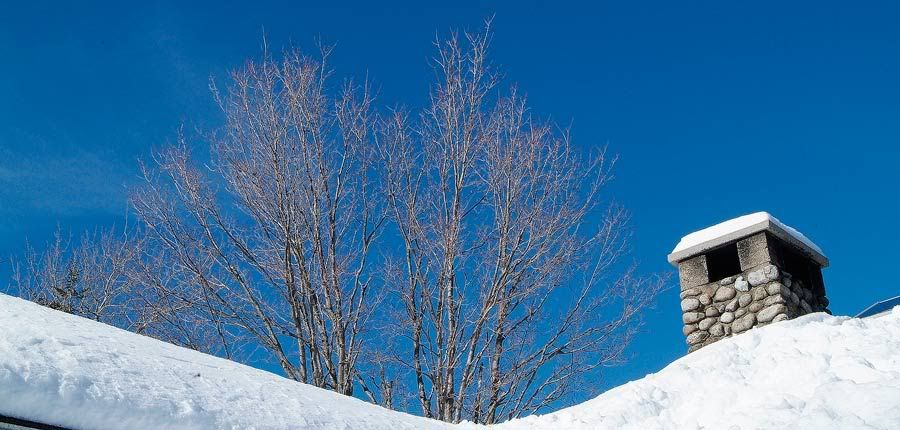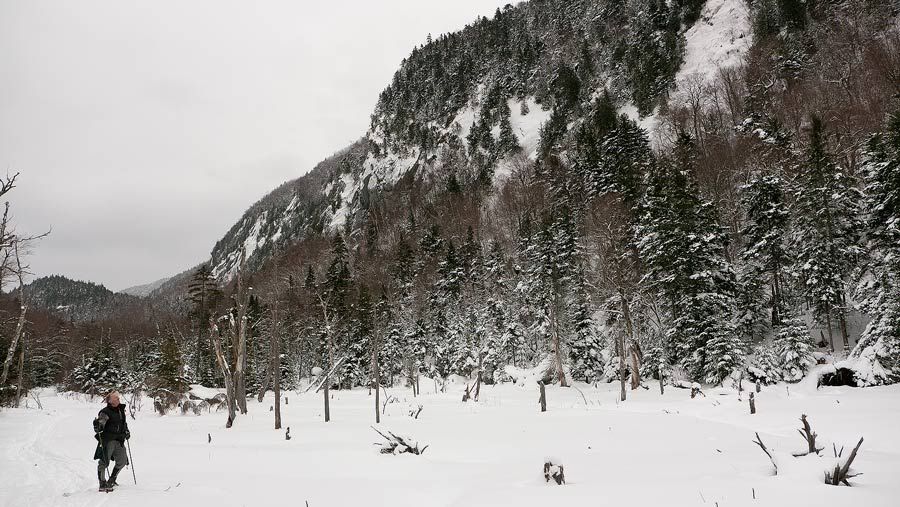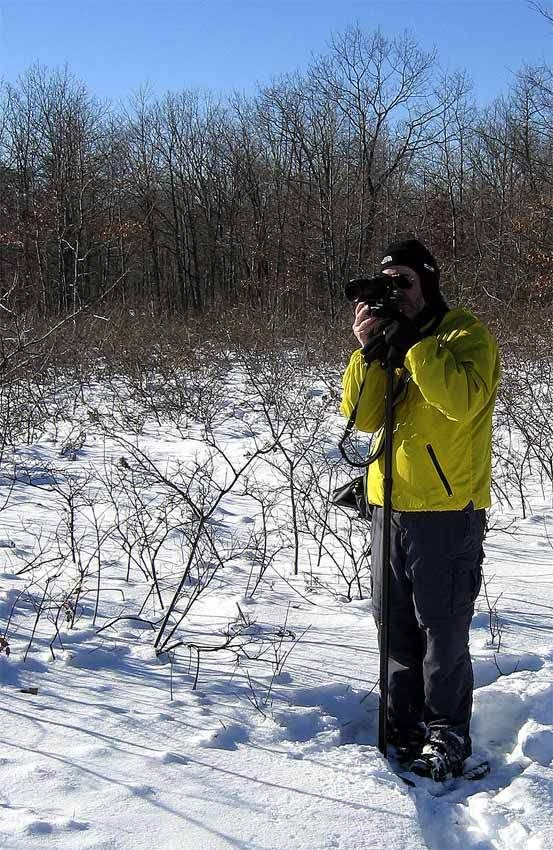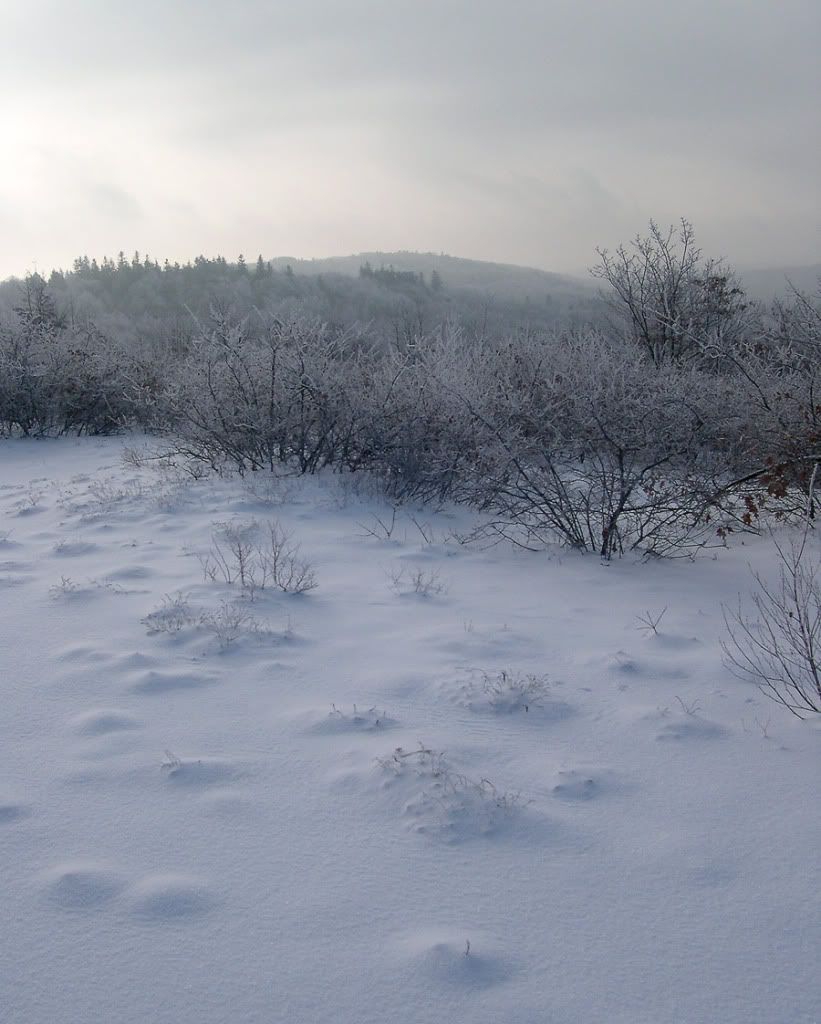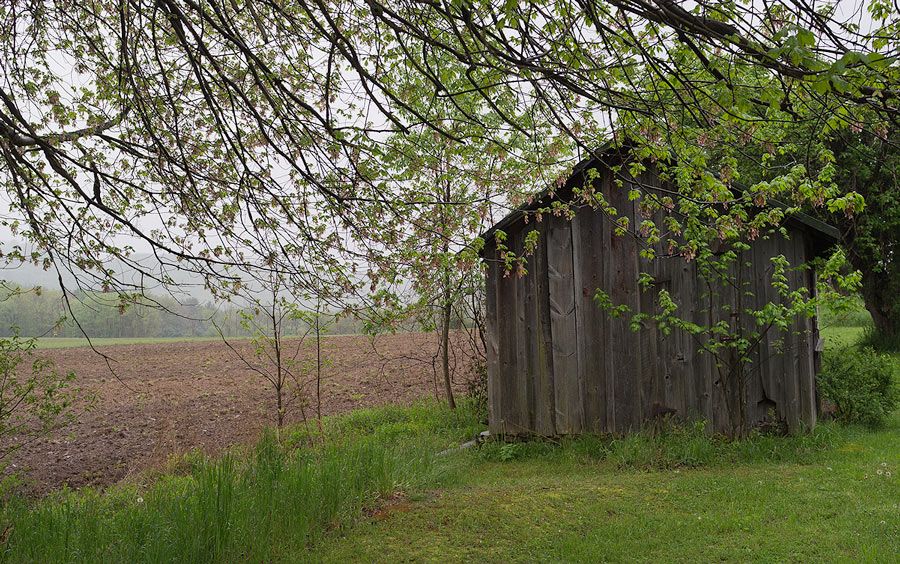
Spring Shed In Drums ( Fujifilm X100 ISO 200)
I’ve long been a fan of cameras made by Fujifilm.
My first digital SLR was a Fujifilm S2 Pro, which was a Nikon N 80-based film camera body, with digital elements “grafted” on. Compared to the better integrated Canon and Nikon digital SLRs, the Fuji was seen as a “frankencamera”, requiring two different battery sets to control its analog and digital functions. It was however during its time, quite popular due to two issues: number one, very high-resolution for an SLR at its price point, and number two, a characteristic color palette which accentuated reds and greens and was particularly flattering to skin tones.
The follow-up camera, the S3 Pro, which still resided within a Nikon body, cleaned up some of the dichotomy between the old film camera bits and the new digital workings within it. Now one set of AA batteries ran the entire camera. The S3 had another trick up its sleeve. It used two different sets of pixels to achieve very high dynamic range, designed particularly for wedding photographers who have to capture both the white gown of the bride, and the black tuxedos of the groom. Like the S2 before it, the camera was quirky and slow but was capable of producing images like no other. With Fujifilm cameras, it seems, you learn to work around the problems for the sake of the quality of the files you can produce.
I think that people and photographers that gravitate to Fujifilm pro-level cameras (Fuji point-and-shoot cameras are more normal in behavior) have a certain personality type. They will put up with indignities that no user of other mainstream camera gear would tolerate. They do it because they perceive something about the image files that they cannot obtain with other, more user-friendly gear.
With the demise of the Fujifilm DSLR bodies (the S 5 Pro was the last) I find myself shooting Nikon bodies which were, after all, the basis for the Fuji camera bodies. They inevitably have very competent, color accurate imagers. I love their ergonomics. I still have an S5 ,which lives in the body of a Nikon D 200, and shoot it occasionally, particularly for portraits. Unfortunately, the lack of resolution of this older camera is becoming more obvious as the years pass.
Now Fujifilm has history of building fine camera bodies (remember the Hasselblad X Pan?). So I watched with great interest as Fujifilm relaunched a new line of cameras, built entirely on their own, and designed for the enthusiast/professional market.
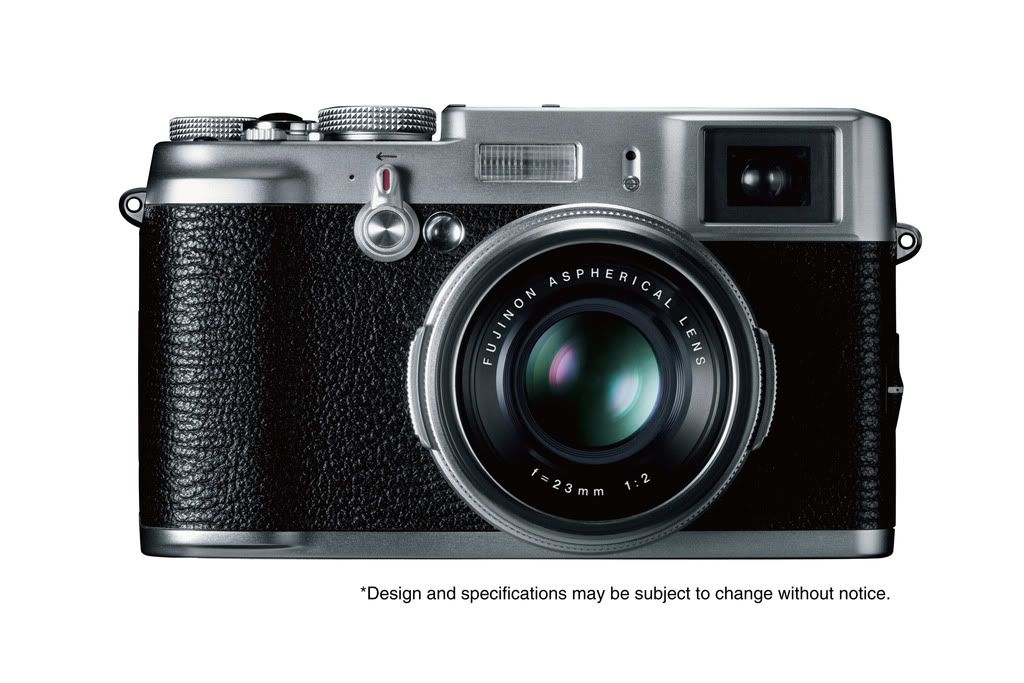
Fujifilm X 100 (image by Fujifilm)
This time the camera form was a range-finder-type camera body. I ignored the first version, the X100 as I thought its fixed focal length 35 MM lens would be too limiting. I started to pay attention when the X pro 1 was introduced, with a 16 MP imager and a new line of Fuji built lenses.
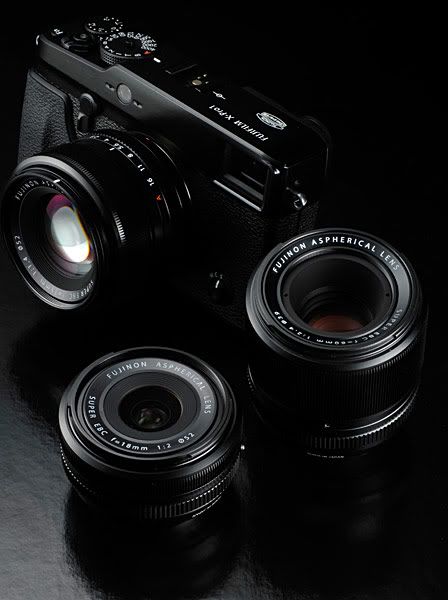
Fujifilm X Pro 1 (Image by Fujifilm)
The camera was relatively expensive, but far cheaper than the Leica M9 that it was designed in some ways to emulate. Finally it seemed I would complete my search for a small discrete compact camera with superlative image quality.
Then, in an article on the web, I saw a photo demonstrating the relative size of the X Pro 1 compared to other cameras, including its “little brother” the X100. It seemed to me, that I might just as well carry one of my DSLRs as the new Fuji given the relative sizes. I noticed in the same picture however, that the X 100 was quite diminutive. Given the reports of its stellar image quality, I thought it might be interesting to give one a try. I ordered one (along with an extra battery, the filter adapter, and lens hood) on the B+ H website, and in two days the package arrived in my office.
The packaging it arrives in sets a tone. Within the brown B +H box, surrounded by inflatable bladders, was a smaller Fujibox box, all in black. Within this are two other packages: one a very elegant presentation box which cradles the X100 on a black silk liner. This suggests a highly premium product, an impression I’m sure Fuji is trying for with this “X” product line.
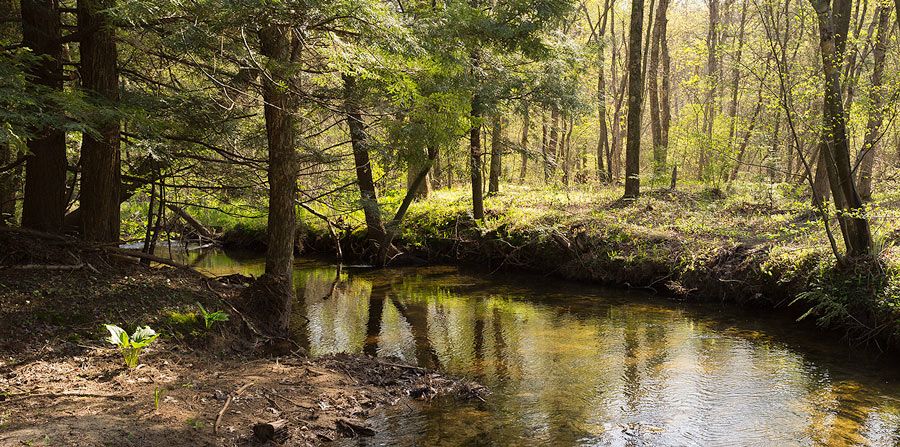
Along the Creekside Trail( Fujifilm X100 ISO 200)
The second box contains all the incidentals, such as the lens cap, the chargers, and the instruction disks and included software. The whole effect as much classier than finding the camera body wrapped in plastic and surrounded by Styrofoam in a plain cardboard box.
Handling the camera was a tactile pleasure. Even though I use professional level equipment, I was unprepared for the nice finish and unusual heft of the X100. The beautifully milled manual controls dials, and the classic design, all create an emotional first response from, ehem… “experienced” photographers. Given the comments and reviews I read about this camera, I had every hope that the quality of the presentation would be more than skin deep.
My camera came with an earlier version of the firmware than he is now current and I got a glimpse into some of the issues that frustrated early reviewers. For instance, though I’m no stranger to camera controls, but for the life of me, I could not find the auto ISO control which turned out to be in a separate part of the menu structure from the manual ISO control. (a problem fixed on the latest update)
I did shoot with a camera for a short time with the earlier firmware, but not enough to form any firm conclusions. I do believe the autofocus was less reliable before I upgraded the firmware.
Armed now with the version 1.2 firmware, I began to use the camera. Following the advice of several reviewers whose primary use for the camera was street photography (my intended use also) I set the camera to use the optical viewfinder (the viewfinder can also display an electronic, through the lens image), the focus point in the center of the frame, the lens on f2.2 and the and the ISO control to automatic allow me to drift between ISO 200, and ISO 3200 with a minimal shutter speed of 1/40 of a second.

Amber ( Fujifilm X100 ISO 3200)
I sought out several places where I knew the indoor light would be challenging, either because of high lights and shadows, or mixed color temperatures.

The Joes and Ed at the Ice House( Fujifilm X100 ISO 3200)
The X100 is an absolute delight when shooting indoors in natural light indoors. Even though it sports a smaller APS – C sensor, it has the among the best low light characteristics of any camera I own, challenging even my D700. Most often indoors, it defaults to ISO 3200. Still, even at F2.0 it delivers sharp detailed photographs with a very fine grain structure (mainly luminance noise with very little color noise) which can either be left in color, or converted to very nice-looking black and white images. It is the first camera I feel comfortable shooting, set on auto ISO.
I did notice when I move to bright light situations, the auto ISO does not always adapt down to lower values. This may have been some quirk because of how I set the camera up, but I’m watching this nonetheless. Luckily, the camera’s high ISO performance is good enough, that if this happens, you don’t necessarily ruin the shot.
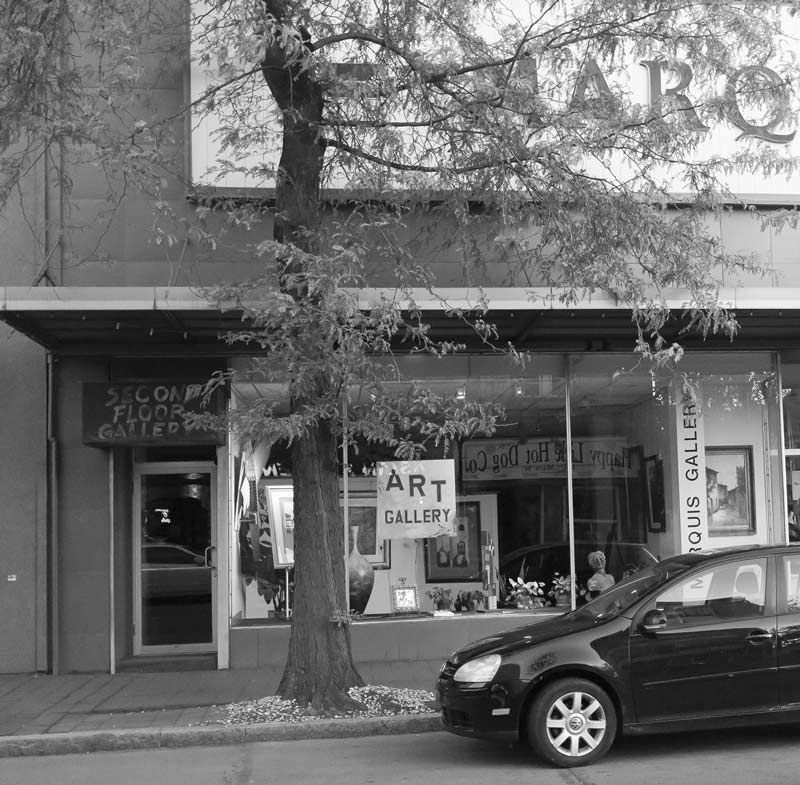
Marquis ( Fujifilm X100 ISO 3200)
So far, manual focusing seems somewhat difficult, due to the lack of a reliable focus indicator. The autofocus seems to work fine and reasonably reliably. If the little square in the viewfinder turns green and beeps, then generally the camera is correctly focused and the image will be sharp. Moving the focus point around the viewfinder is clumsy compared to the G-series Panasonics, for instance, where while looking through the viewfinder, you can easily activate and move the focus point only using your right hand.
On the X100, the activation button is on the left, and really requires you to take the camera away from your face to move focus. It’s a small issue for me but represents poor interface design. For this camera and it’s capabilities however, you adapt.
The parallax correction function on the optical viewfinder is interesting, but sometimes it’s easier on close-up images to quickly switch to the electronic viewfinder,which is quite good, and avoids having the right lower corner of the image blocked by the lens (particularly if the lens hood is in place).
I was curious about the resolution of the camera compared to others with a 12 megapixel sensor. The most comparable camera that I own is my Panasonic Lumix GH1 for which I have the 20 MM f1.7 lens, a somewhat similer equivalent focal length as the fixed Fuji lens on the smaller 4/3 sensor.
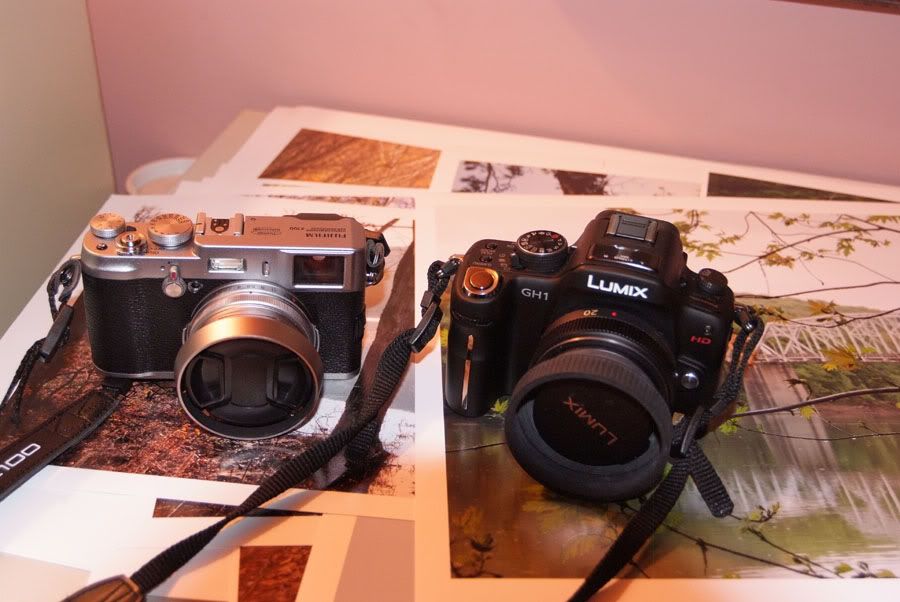
X 100 and GH1 (Fulifilm S5, Nikkor 18-35mm f3.5)
I know the GH1 to have high-resolution and an excellent metering capability though it is not the best choice for low light photography. Panasonic imagers also tend to have a green sensor cast which I usually correct during raw processing. I used my usual backyard scene and shot both cameras at their lowest ISO (200 for the Fuji, 100 for the Panasonic) the lenses were set at f5.6. This yielded slightly different shutter speeds for both cameras. In fact the first Fuji shots were rather under-exposed but then I noticed that I was using “average” metering. I switched theFuji to “multi” metering and the exposure became much more in line with what the Panasonic was doing.
Here are the comparison shots. I would say that on the main the resolution is roughly equal. I will say that the Fuji file is cleaner, even at the higher base ISO (check out the window glass). It is interesting that when I “pushed” the under-exposed Fuji file to equal the exposure of the appropriately exposed Panasonic file, the noise levels were quite similar. The Fujifilm image tends to be smoother and more “film-like” than the slightly harsher Lumix image.
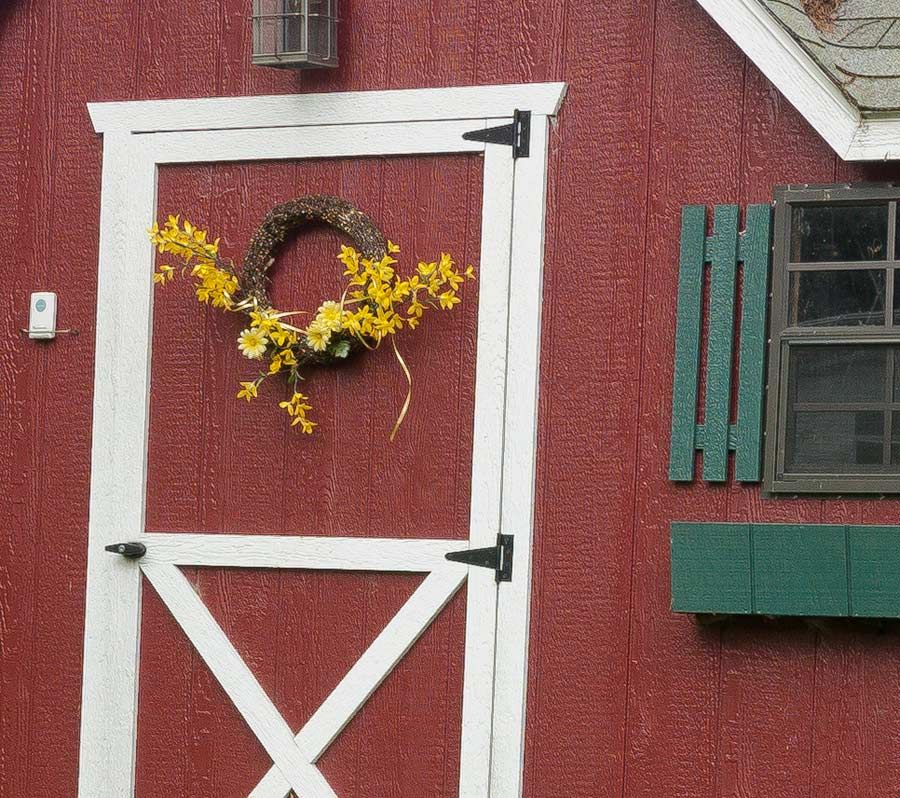
Shed 100% ( Panasonic GH1, Lumix 17mm f1.7)
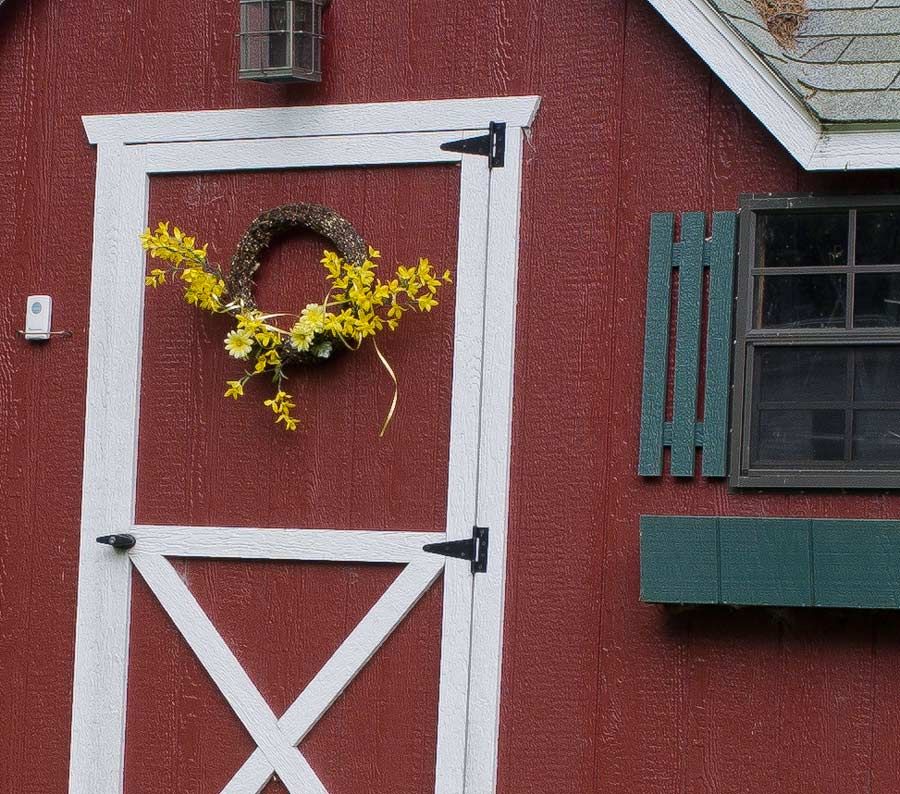
When I think of using the two cameras, I think of the GH1 as a better camera to take for instance, on a backpacking trip, where its small interchangable lenses would give it maximal versatility. It also has a much better user interface and better video capability, should that be necessary.
But there is just something about the Fuji. It is somewhat intangible, but the appearance of the files, the low noise levels, the excellent dynamic range, the feel of the camera in your hand, and yes even the quirkiness of the controls, give it an undeniable charm especially to a photographer of a certain age (like me). I love the quiet shutter, and how stealthy it is in a street shooting situation. And like all of the Fujiis I have owned, there’s something wonderful about the images that produces.
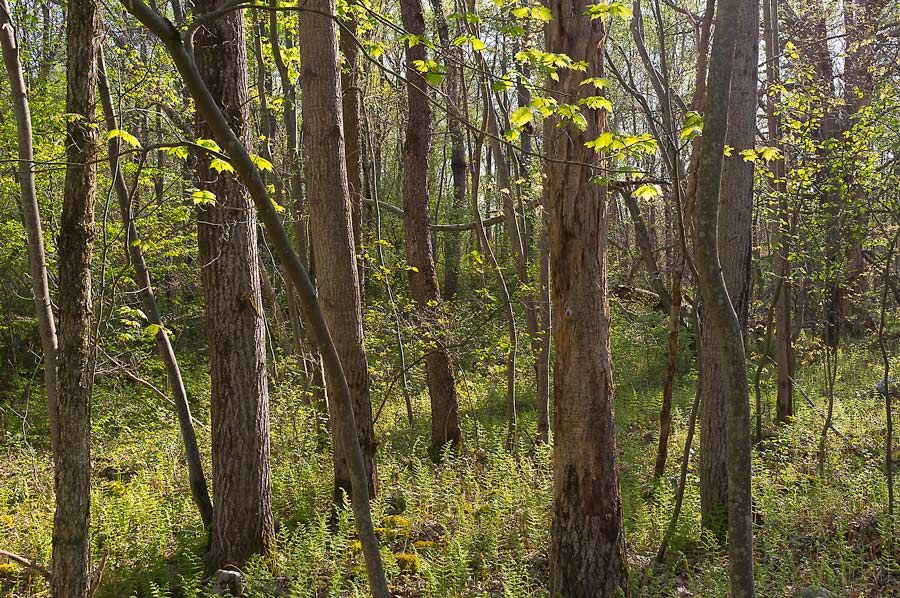
May Forest (Fujifilm X100)
So I guess I’m keeping this camera. The two week deadline for its return has passed and I’m still snapping happily away. It makes me think that the X Pro1 might be an interesting companion purchase at some point. For now however, the X100 makes me very content.
For the second part of this review, Click here.

